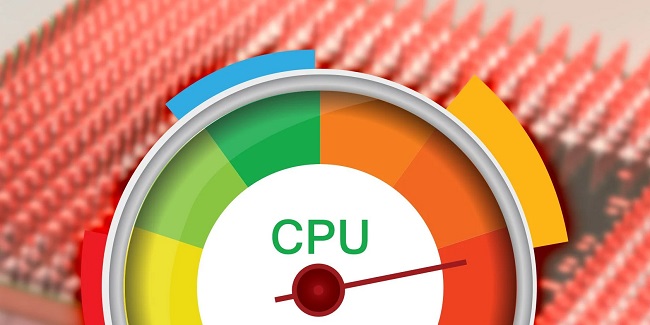As the name suggests, WmiPrvSe.exe is the Windows service responsible for managing the WMI (Windows management instrument) provider host. This is a critical service, as it underpins numerous system features. In addition, the management of apps will be extremely difficult if this service is not available.
Even though it’s normal for a WMI Provider Host to consume a large amount of CPU when another programme requests data via WMI, you should be worried when the CPU usage continues for an extended period of time.

The WMI Provider Host (WmiPrvSE.exe) Processor Capacity
We’ve got some fast fixes for WMI Provider Host (WmiPrvSE.exe) High CPU Error for you:
1. Windows Management Instrumentation
WMI Provider Host High CPU occurs when the WMI Provider Host Service uses a lot of PC resources. The following actions should be followed to restart it:
It is necessary to put services.msc in the search box, then press Enter to open the Run Box in which you can type it. The Windows Management Instrument Service can now be found by pressing W. In the next step, right-click to choose Restart.
2. Restart Other Services That Are Linked to the First Solution
After that, we’ll need to re-start any other services that were previously stopped. To this end:
Step 1: The first step is to press the Windows key and X key simultaneously. This will bring up a new menu, from which you can select Command Prompt (Windows only) (Admin).
Make sure you type cmd.exe in the search field of your start menu and select Command Prompt if you have the Creators Update for Windows 10. Simply do a Run as Administrator by right-clicking on it.
Step 2: In the Command Prompt Window, enter the following commands one at a time, pressing Enter after each command is entered.
shutting down the IPHLPSVCC
wscsvc stop net stop wscsvc net start iphlpsvc
Step 3: Restart your computer to see if the CPU has returned to normal. Please let us know if this strategy doesn’t work for you.
3. Perform a Clean Boot
WMI Provider Host is consuming a lot of CPU power because of several apps. We can isolate the app that is consuming a lot of CPU power by performing a Clean boot. You must do a “Clean Boot”:
Step 1: To open the Run Prompt, press the Windows key and R simultaneously.
Step 2: Type “msconfig” into the search box and hit Enter. Uncheck “Hide all Microsoft Services” under “Services” in Step. Once you’ve made your selection, use the “OK” button to complete the process. Once you’re in the “Startup” menu, select the option to “Open Task Manager.”
Click on the “Startup” tab in the Task Manager, which will open in a new window. Next, select “Disable” from the drop-down menu that appears when you select an application that has the word “Enabled” in its name.
Step 3: Restart your computer after doing this step on all applications that have “Enabled” mentioned in their names. Check to see if everything is normal now that your computer is in the “Clean Boot” condition.
As long as the CPU utilisation is still high, continue to enable one application at a time and stop when it returns. At this point, we’ve discovered what was creating all of this havoc: the Application. Activate the programme when it has been reinstalled.
Step 4: Disable this application if it causes the problem again. If you’re still having trouble with WMI Provider Host (WmiPrvSE.exe) High CPU, there’s one more thing you may do.
4. Use Event Viewer to Find and Remove the Process
Additionally, faulty hardware drivers and components may be to blame. To remove it from your computer, follow these instructions:
Step 1: A selection of options will appear when you press the Windows key and “X” key at the same time. Select “Event Viewer.”
Step 2: In the Event Viewer, select “Show Analytic and Debug Logs” from the “View” menu at the top. A new window will open.
Step 3: Now, follow these steps on its left pane. Operational WMI Provider Logs can be seen by selecting Applications and Service Logs Microsoft Windows WMI Activity Operational. The Errors can be found by clicking on them and viewing their specifications.
Step 4: In this step, Search for the keyword “ClientProcessID” and note the number that follows it in the “General” tab. Turn off the Event Viewer and launch the Task Manager. You can find the same PID (Process ID) on the services tab by searching for it as a number.
Step 5: That’s the problematic service; disable it immediately and uninstall this application.
Afterwards, the WMI Provider Host should be able to run regularly without consuming too much CPU power.



